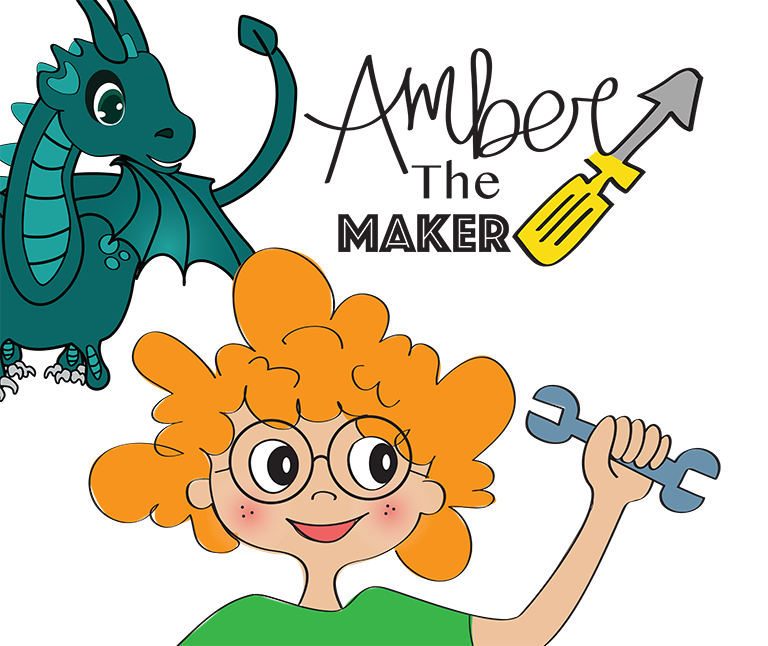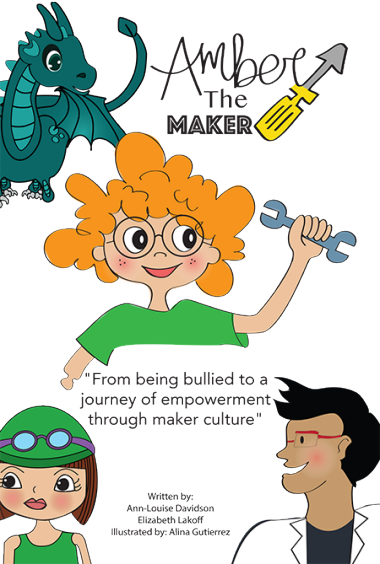The inspiration for Amber
While Davidson had a handle on the “maker” aspect of the text, for help telling Amber’s story she reached out to Lakoff, whose son, Elliott, is a congenital amputee.
“When Ann-Louise shared the initial idea with me, I was incredibly excited,” says Lakoff.
“As a former teacher and mom, I know how important it is for kids to see themselves reflected in stories. I wanted to help tell a story that featured a disabled main character and that celebrated difference.”
Lakoff, who learned of her son’s need for amputation the day he was born, says she initially felt overwhelmed and uncertain. But with time and the support of the War Amps Child Amputee program, she soon realized how incredibly resourceful amputee children and families are.
“I saw kids helping their prosthetist with design ideas for new prosthetic devices. Parents were making their own adaptations and devices for their children in their garages. It was really amazing,” she says.
“As Elliott got older, he also faced the same kind of bullying that you see in the story. Sometimes, children would tell Elliott that he couldn’t do something because he only had one arm. It was rare, but there were also times when kids would point, laugh, or even scream and run away. Those were the worst times,” Lakoff adds.
“However, Elliott has become incredibly resilient, kind, and has persevered even through the toughest of bullying.”
Hear two children read from 'Amber the Maker':




